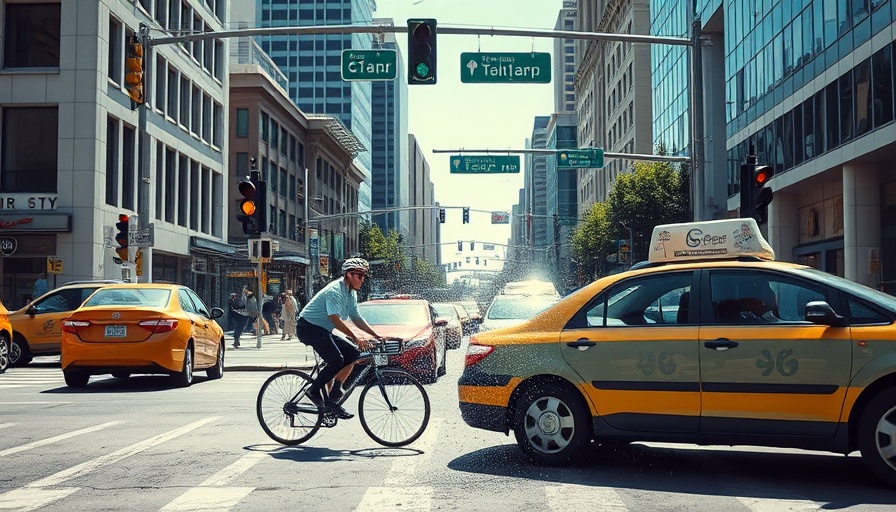
The Birthplace of American Music Innovation
Greenwich Village stands as a revered landmark in American music history, often viewed as the birthplace of musical movements that resonate through time. The neighborhood, rich with cultural diversity, boasts quaint coffeehouses and lively bars where countless artists honed their craft. From jazz to folk, the Village not only birthed incredible music but fostered a community that transformed the cultural landscape of the United States.
Bob Dylan: The Voice of a Generation
On January 24, 1961, the young Bob Dylan, then known as Robert Zimmerman, arrived in Greenwich Village with dreams that would soon culminate in musical fame. He performed in iconic venues like the Gaslight and Cafe Wha?, where his poetic lyrics and heartfelt melodies began to define the voice of a generation. In the Village, he found not only camaraderie with fellow artists but also a platform to showcase music that spoke to societal issues—ultimately influencing a nation. Dylan's rise mirrored the broader artistic awakening occurring in the neighborhood.
A Melting Pot of Talent
The true magic of Greenwich Village lay in its community spirit. It was a gathering place for legends—Billie Holiday, Nina Simone, Joan Baez, and Pete Seeger all graced its stages, each contributing to the rich tapestry of American music. The Bohemian elite and the 'common folk' blended seamlessly, leading to artistic collaborations that birthed some of the most influential songs of the era.
Impact on Cultural Movements
Beyond the music, the Village was a hub for social change in the 1960s. Artists rallied for civil rights and anti-war movements, using their artistry as a vehicle for change. Dylan’s “Blowin’ in the Wind” became an anthem for peace and justice, highlighting how music intertwined with the cultural shifts occurring in America.
Walking Through History
Today, neighborhoods like Jones Street have become pilgrimage sites for fans eager to glimpse the world that shaped their beloved musicians. Locations like Ben's Pizzeria and the former Gerde's Folk City serve as reminders of a time when creativity flourished amidst societal upheaval. Visitors capture memories through photographs and reminiscences, connecting personal histories with those of legendary artists.
Conclusion: The enduring legacy of Greenwich Village
Greenwich Village continues to enchant not just through its history but also as a vibrant home to new generations of artists. The heartbeat of the neighborhood, fueled by its rich artistic legacy, still reverberates in the music being created today. For music lovers and professionals alike, understanding this historical significance fosters appreciation for the art form and its evolving nature.
 Add Row
Add Row  Add Element
Add Element 



Write A Comment